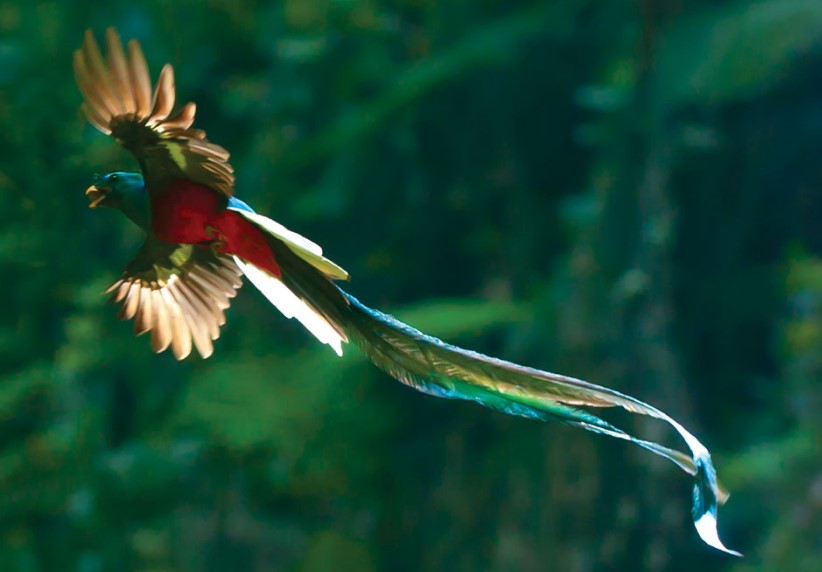There are elite animals whose names begin with the letter Q as a non-venomous snake living in the water, a running bird instead of flying, till a dark brown and light brown panda subspecies.
Animals that Start with Q
1. Queen snake
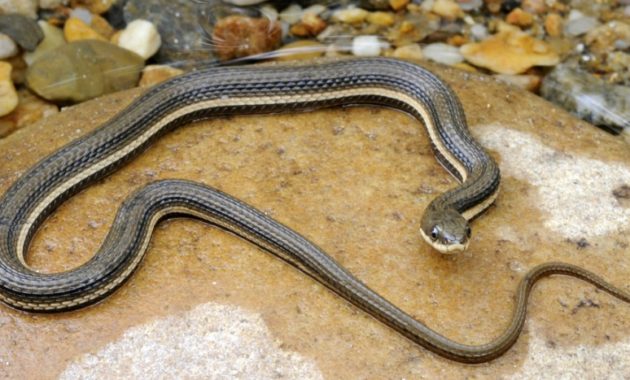
The queen snake (Regina septemvittata) is a snake which has no venom. It can be found in the temperate region of North America. These snakes live in the water like streams, rivers or lakes.
Their colors are usually gray or dark brown. The yellow belly decorated their slender body combined with three faint stripes running across it.
Their narrow head and rounded pupils show their elegance. Queen snakes have medium size measuring up to 60 cm long. Mostly their preys are crayfish, small shrimps, frogs, minnows, newts, and snails.
2. Queen Angelfish
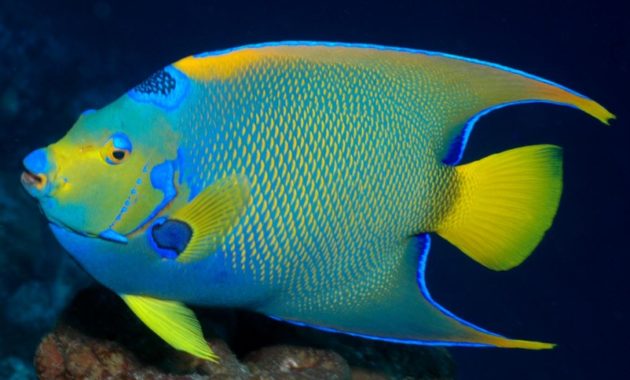
The Queen angelfish (Holacanthus ciliaris) is commonly found in tropical and sub-tropical coastal marine waters. These fish have several names like Blue Angelfish, Golden Angelfish, Queen Angel, and Yellow Angelfish.
Queen angelfish are famous for their color combination of blue and black spot on their heads that makes them seem like a crown. Their yellow faces, blue bodies and yellow edging on their scales are completed with yellow tails.
Their maximum size is 45 cm long while their weight is up to 1.6 kg. Sponges and algae become their prey, but sometimes they also eat soft corals and jellyfish.
Queen angelfish are also quite famous because the fish can be found in aquarium. They can live up to 15 years in the wild.
3. Queen Triggerfish
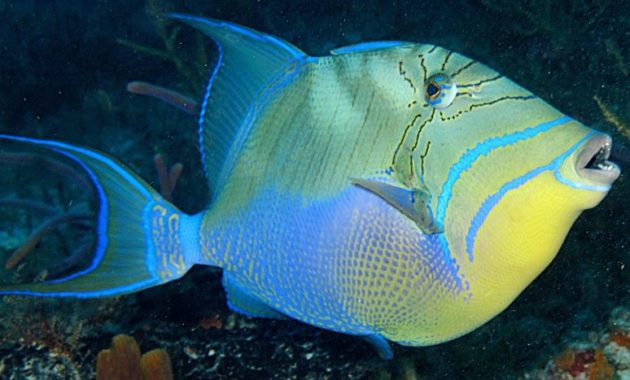
The Queen triggerfish (Balistes vetula) is commonly live in a reef especially in ruined reef tops, coral and grassy areas. They can be found in the Atlantic Ocean in depths of up to 20 meters.
There are spines on their backs and brown mark with blue lines on its head and fins. They have a special ability namely changing their color for adaptation to their surroundings.
Further, each of their eyes which can move independently ornamented the high part of their head.
They have a small mouth with large, sturdy teeth. Queen triggerfish can grow up to 60 cm long. Their favorite prey is marine invertebrates.
4. Quahog
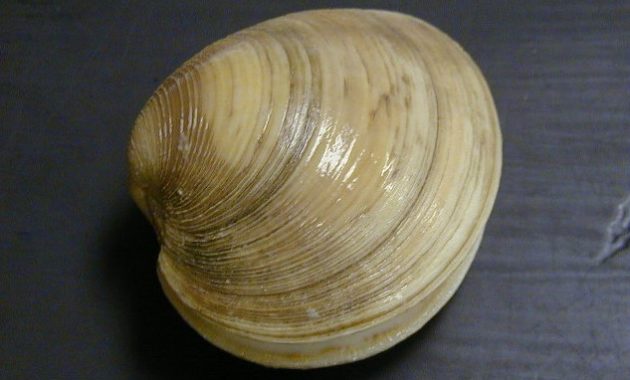
The quahog (Mercenaria mercenaria) is also well-known as hard clam. These edible marine bivalve mollusks are widespread throughout North America.
They can be found in estuaries buried under the sand. These clams have hard-shell and have sizes varied from 1 to 4 inches wide.
Usually, their color is white to grey, with dark rings. Their meats are soft and have sweet flavor as well as salty accent.
5. Quoll
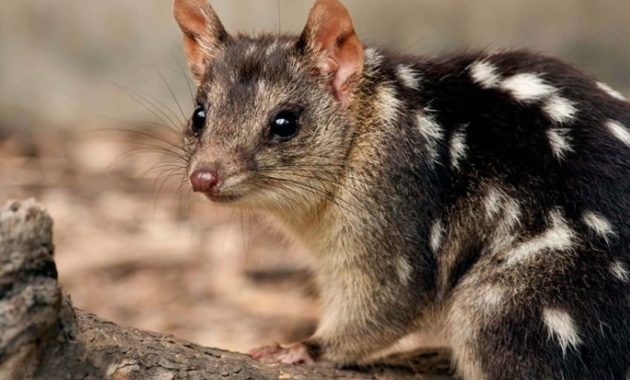
Quoll is medium-sized marsupial. It is one of the six different species of carnivorous marsupials. They are widespread throughout Australia, Papua New Guinea and Tasmania.
They live in grassy environments and woodland. The adults can grow up to130 cm in length with a tail about 20 – 35 cm long. Meanwhile, their weight is about 4 kg. Their furs are usually brown with white spots.
These marsupials have strong claws for climbing, digging, running, and holding food. Quolls are omnivorous and nocturnal animals.
They are very active at night to search birds, mice, frogs, lizards, insects, small reptiles, small mammals, plant seeds and fruits as their diets.
6. Quetzal
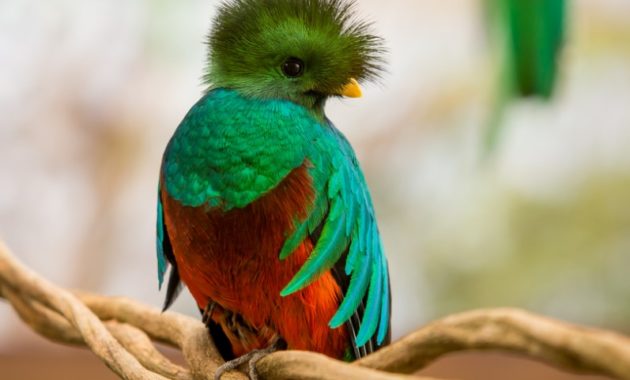
The Resplendent Quetzal (Pharomachrus mocinno) has colorful plumage on its head and body. These birds are very beautiful. Unfortunately, the quetzal is registered as a threatened bird on the IUCN Red List.
The birds live solitarily and are commonly found in Central American countries, lie El Salvador, Costa Rica, Guatemala, Nicaragua Honduras, as well as Panama.
High altitude cloud-forests are their favorite dwellings but their ability of flying is pretty poor.
They can grow up to 36–40 cm with tail feathers about 65 cm long. Meanwhile, they weighs about 210 g.
These birds have green bodies with red plumage breasts. The males are characterized with yellow beaks while the females have black beaks.
The females are dominated with brown in color while the males have black head, neck and chests; The Resplendent Quetzals feed fruits especially avocado fruits, but ants, frogs and wasps sometimes become their preys.
7. Quokka
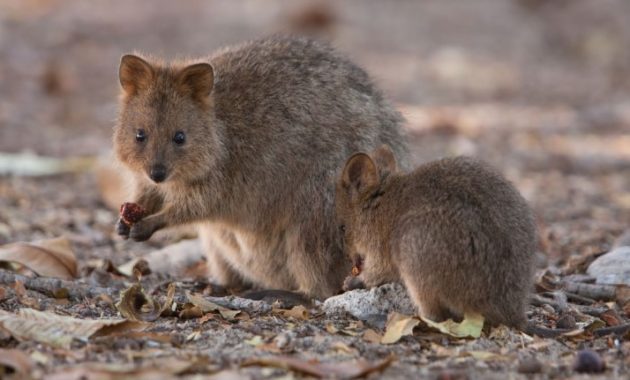
The Quokka (Setonix brachyurus) looks like a wallaby or a kangaroo. The quokkas have small bodies measuring 40 – 90 cm long and weigh 2.5 to 5 kg. Their tails are 25 to 30 cm tall.
These marsupials have a short but broad head characterized by a dark streak on their forehead.
They have a stocky body, naked nose and rounded ears. Their bodies are long and thick, while their furs are usually coarse with brown or gray color.
Quokkas can be found on islands off the coast of Western Australia, especially Rottnest Island off Perth. They usually inhabit shrub lands, dense vegetation and moist conditions.
They are nocturnal animals so that Quokkas are very active at night searching for food. They eat grasses, leaves, shrubs and succulent plants.
Their special ability is that they can survive for long periods without drinking water.
8. Qinling panda
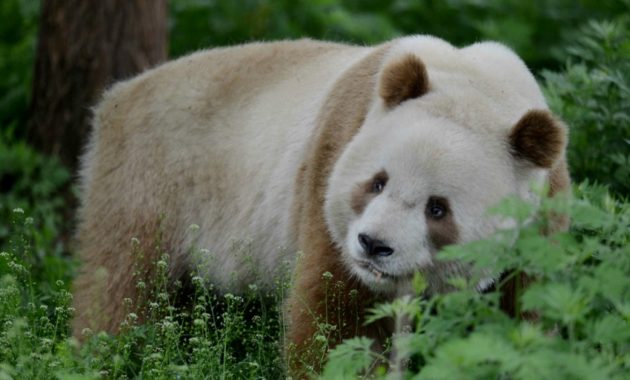
The Qinling panda (Ailuropoda melanoleuca qinlingensis) is a subspecies of the giant panda. They was found in the 1960s.
At first, Qinling had not been recognized as a subspecies until 2005. Inspite of a subspecies, the panda is the first giant panda subspecies to be recognized.
Its smaller skull and size with dark brown and light brown fur differ Qinling from more familiar nominate subspecies which have commonly black and white furs. There are about 200–300 Qinling pandas living in the wild.
9. Quillback Rockfish
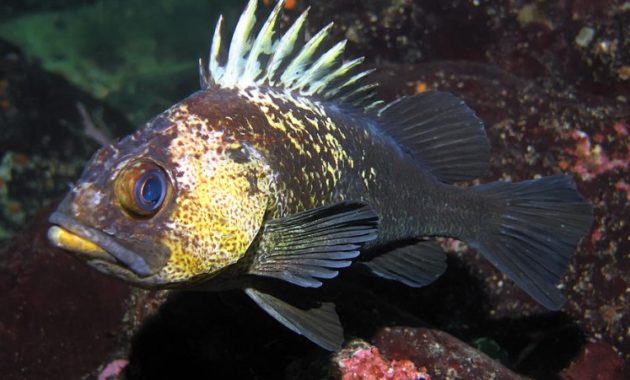
The quillback rockfish (Sebastes maliger) live in salt water especially in bays and waterways of the Pacific coast. This rockfish can be found on rocks or hiding in rock gaps about 150 feet under the sea.
They are famous for sharp quills on the dorsal fin and spotted orange-brown coloring. These fish can grow up to 0.9-3 kg in weight and 61 cm in length.
Their favorite foods are amphipods, copepods, crabs, herring and pelagic crustaceans.
10. Quail
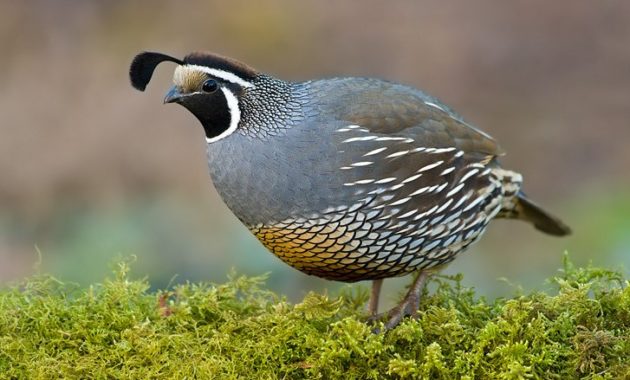
Quail is one species in the dove or pheasant family. The bird has a medium size.
Quails have some kinds like Japanese Quail, New Zealand Quail, California Quails, Chinese Painted Quail, Stubble Quail, Rain Quail, Jungle Bush Quail, and Scaled Quail.
Most of them live in deserts, forests, woodlands and shrubs. They make their nests in the ground for seven to fourteen eggs they produce. Actually these birds can fly, but most quails prefer to run.
They have various plumage ranged from brown, gray and white. Except the Snow Mountain Quails, tall of the species hunts insects, small animals and seeds for foods.
The Snow Mountain Quails feed on leaves, flowers as well as small animals, insects and seeds. Quails are also hunted for their meat and eggs.
11. Quagga
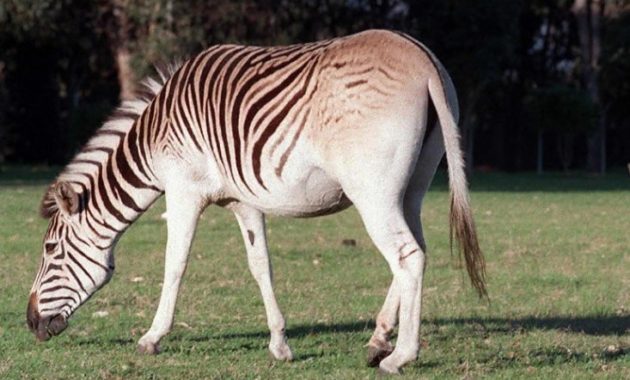
Quagga (Equus quagga quagga) is an extinct subspecies of zebra. This animal once had lived in South Africa until the 19th century. The genetic studies have proven that it was the southernmost subspecies of plains zebra.
12. Quelea
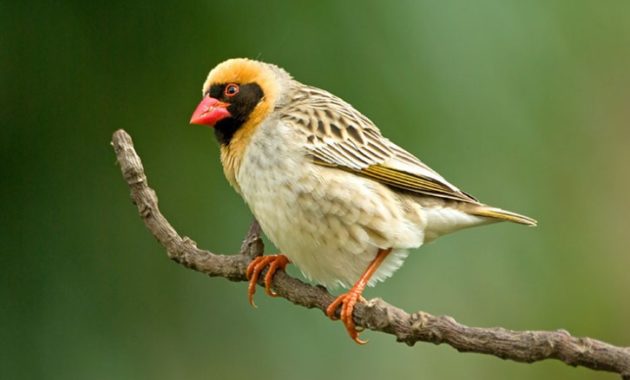
Quelea (Quelea quelea) is a small weaverbird. These birds can grow up to 13 cm in length and weigh around 1.4 grams. They can be found throughout East Africa.
They can be found in a group consisting of million Queleas and can damage up to 60 tons of grain in a single day. That is why they are considered as local pests.
The males build nests in thick trees in which hundreds of females and young life. Their diets are grain, ants and leaves.
